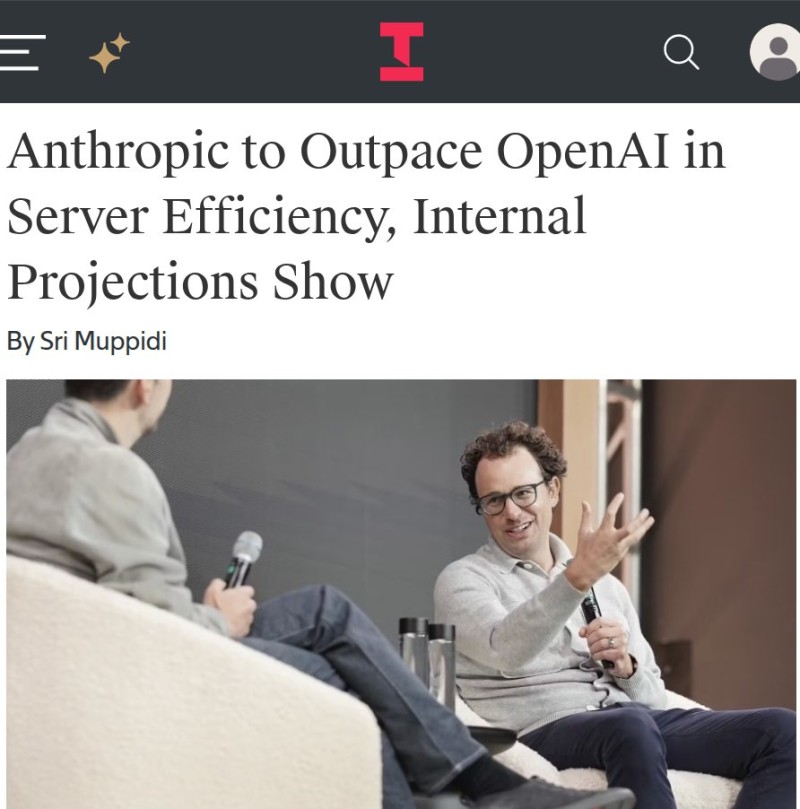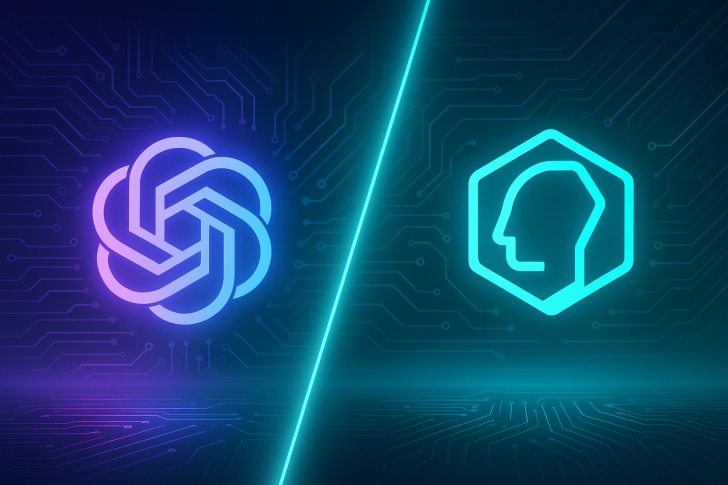While OpenAI pursues aggressive expansion, Anthropic is betting on doing more with less. Recent projections suggest Anthropic can run its AI models at a fraction of OpenAI's cost, potentially reshaping the competitive landscape.
The Cost Gap
For 2025, Anthropic expects to spend around $6 billion on compute versus OpenAI's $15 billion. By 2028, the gap widens dramatically: $27 billion for Anthropic compared to OpenAI's $111 billion.

Anthropic's leaner approach allows competitive pricing while targeting profitability by 2027, driven by enterprise customers and API usage. OpenAI won't hit profitability until 2029, largely due to supporting millions of free ChatGPT users.
The Efficiency Strategy
Anthropic spreads workloads across Google Cloud TPUs, Nvidia GPUs, and Amazon Web Services for flexibility and lower costs. Their Google deal grants access to up to one million TPUs and over one gigawatt of power by 2026. OpenAI's $40 billion server expansion supports its consumer-first approach, maximizing reach but with much higher short-term costs.
About 80% of Anthropic's revenue comes from paid API access, targeting $70 billion annually by 2028. OpenAI projects $100 billion, but Anthropic's model offers better margins and less capital burn.
What It Means
As GPU shortages and energy constraints tighten, Anthropic's efficiency-first approach could prove crucial. If they hit profitability by 2027, they'll set a new standard for sustainable AI growth. OpenAI remains the industry leader in reach, but Anthropic's advantage might come from running AI models the smartest, not the biggest. Sometimes the tortoise beats the hare.
 Eseandre Mordi
Eseandre Mordi

 Eseandre Mordi
Eseandre Mordi


